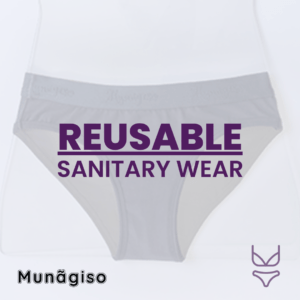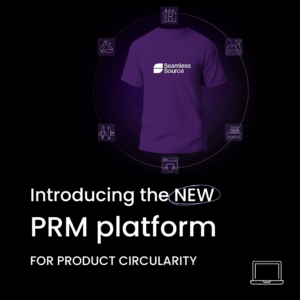In the past decade, the fashion industry has massively tapped into emerging markets, Virtual Reality (VR) being one of them. As Technology continues to evolve, it now thrives to be innovative within the world of fashion.
Digital media has begun to change its approach to styling; they no longer rely on showrooms to shop. Virtually anybody with access to the internet can view the biggest designer fashion shows from the comfort of their own home through live streams. It is safe to say, technology has played a big role in our day to day lives.
Recent technological developments from Adidas, Under Armour and New Balance have started to challenge the process of sneaker manufacturing and design techniques. In addition, Nike’s latest project partners up with computer giant Dell and its new Canvas tablet computer. The technology features interactive voice control, haptic technology and headsets that allow the user to design and test it in a virtual mode. Over the past few years we have seen a rise in headsets, and this collaboration takes virtual reality to a whole new level. The question is, is VR beneficial to the fashion industry, and if so how does it help?
How does VR help towards the fashion industry?
- Virtual fashion stores (through softwares)
- Virtual humans (3D Avatars) to help with trials
- Reaching out to more viewers through Live Streaming (such as Instagram Live or Tidal)
- Fashion runways through ‘Second Life’ (Second Life is nothing but the Virtual World where the models and clothes are created through avatars. When we use virtual reality as part of a live fashion show, a 3D image can now be projected into a real-world setting, which is a catwalk as a part of the show.)

Physical retail spaces will also be impacted by VR. Topshop used Oculus Rift as part of its Unique catwalk show during LFW 2018; Shoppers were able to view and experience the show from a 360-degree perspective live from its Oxford Street flagship store. The technology aimed to make in-store shoppers feel as if the models were walking in front of their eyes, and the celebrities were sitting right beside them.
British retailer John Lewis also announced last year that they were researching uses for technology in-store, so that customers could see how furniture products can look in their own homes, without having to actually purchase them. This kind of marketing integration of VR is about helping change the path to purchase.
“The trouble with marketing has always been being able to convey experience. [With VR] in the travel industry, for instance, you can envision a location as a teaser to the experience rather than just looking at a video ad. That’s obviously going to make a huge difference in purchasing intent.” – Rey Peralta
Within the world fashion, some other ideas have included VR products such as ‘behind-the-scenes’ production of garments or more integrated customer-service experiences.
All in all, virtual reality is almost seen as a ‘game’ and it feels surreal for consumers. With the gen-z, this is likely to be popular as technology today has played a big part in most of their lives, therefore expanding and improving their shopping / design experience, will only allow them to be more interested and intrigued by such products.
Oculus Rift creator Palmer Luckey mentions that the future will hold products that allow consumers to ‘virtually’ try on clothes on their skin to see how they look. Of course, there are many advantages of this product; it saves time and it is exciting, therefore the consumers purchase sequence is more likely to increase. The aim of VR overall allows brands to create new experiences for customers that are memorable but also surreal. We are here for more VR experiences in the future…are you?



